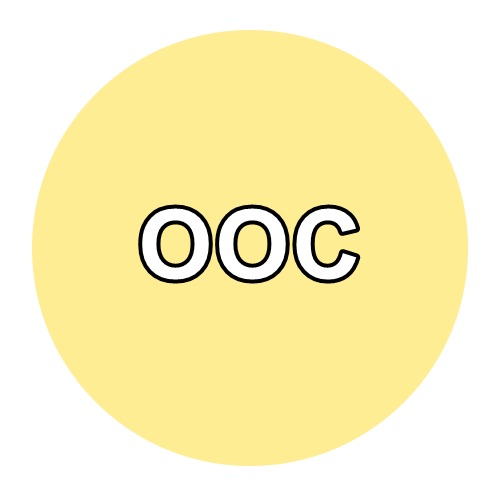FYI, i’ve been seeing some complaints about emails not showing up or taking a long time, so in order to not hinder new sign ups, i went ahead and suspended email verification for now. I might look at turning it back on later, but for now I wanted the user on boarding experience to go better.
This means that you should, after setting up your account, add an email to it, just to make sure you have the ability to recover your account at a later date.


While I appreciate the change as it allows me to actually login, there’s been a lot of issues with spam accounts reported at a lot of Lemmy and kbin instances. For example: https://mstdn.social/@stux/110582137637837383
All to say, anything you can do to fix the email issue and get email verification back on would be appreciated 🙏
yeah, i’m aware of it. The captcha settings are still enabled, and realistically, an email address is probably not a huge bar for bots to overcome these days. That said, i would prefer to get it back online sooner than later. I’ve been talking the hosting service trying to figure it out.
That’s what the post you linked to says, but I don’t see how from the chart they link to or any other statistics they can possibly tell what percentage of accounts are “spam accounts.” By definition these accounts are being allowed through and not detected, so there’s no way for anyone to know how many there are.
I honestly wonder if they just looked up “what percentage of accounts on a typical website are bots” on google and multiplied that by the number of accounts.